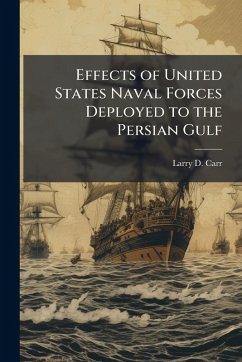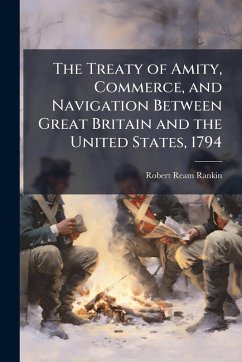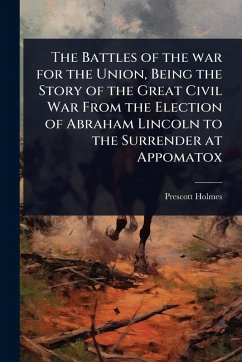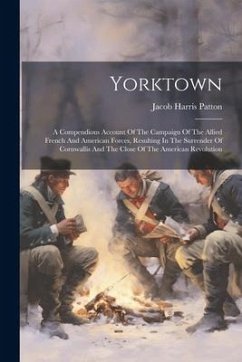
Unconditional Surrender

PAYBACK Punkte
8 °P sammeln!
This study determines whether or not unconditional surrender leads to a more lasting peace. The answer is paradoxical-yes, unconditional surrender can achieve the desired effects; however, it is no longer a suitable policy in the twenty-first century, due to the threat of nuclear escalation and the proliferation of weapons of mass destruction (WMD). Using the methodology of historical and descriptive comparison, the findings reveal the following: persistence of bellicose means and will have a direct impact on the duration of the ensuing peace; and victory results in a more lasting peace when t...
This study determines whether or not unconditional surrender leads to a more lasting peace. The answer is paradoxical-yes, unconditional surrender can achieve the desired effects; however, it is no longer a suitable policy in the twenty-first century, due to the threat of nuclear escalation and the proliferation of weapons of mass destruction (WMD). Using the methodology of historical and descriptive comparison, the findings reveal the following: persistence of bellicose means and will have a direct impact on the duration of the ensuing peace; and victory results in a more lasting peace when the enemy's will is removed. Considerable attention should also be given to post war settlement efforts with regard to financial aid and reconstruction. The Marshall Plan is a prime example. The findings also discover the existence of a perceived cultural bias in the West towards warfighting. This bias is described as the Western lens, which places inordinate significance on the aspects of time and decisiveness that can produce false expectations. Although demanding unconditional surrender, carte blanche, is not likely in the foreseeable future, there are methods governments can use to ensure certain conditions for war termination are met unconditionally. As long as these conditions remove an adversary's belligerent intentions, then the possibility exists for an enduring peace to ensue. This work has been selected by scholars as being culturally important, and is part of the knowledge base of civilization as we know it. This work was reproduced from the original artifact, and remains as true to the original work as possible. Therefore, you will see the original copyright references, library stamps (as most of these works have been housed in our most important libraries around the world), and other notations in the work. This work is in the public domain in the United States of America, and possibly other nations. Within the United States, you may freely copy and distribute this work, as no entity (individual or corporate) has a copyright on the body of the work. As a reproduction of a historical artifact, this work may contain missing or blurred pages, poor pictures, errant marks, etc. Scholars believe, and we concur, that this work is important enough to be preserved, reproduced, and made generally available to the public. We appreciate your support of the preservation process, and thank you for being an important part of keeping this knowledge alive and relevant.







![Memoir of the Centennial Celebration of Burgoyne's Surrender [microform]: Held at Schuylerville, N.Y., Under the Auspices of the Saratoga Monument Ass Cover Memoir of the Centennial Celebration of Burgoyne's Surrender [microform]: Held at Schuylerville, N.Y., Under the Auspices of the Saratoga Monument Ass](https://bilder.buecher.de/produkte/65/65636/65636191n.jpg)


![A Brief Examination of the Plan and Conduct of the Northern Expedition in America, in 1777 [microform]: and of the Surrender of the Army Under the Com Cover A Brief Examination of the Plan and Conduct of the Northern Expedition in America, in 1777 [microform]: and of the Surrender of the Army Under the Com](https://bilder.buecher.de/produkte/65/65583/65583746n.jpg)

